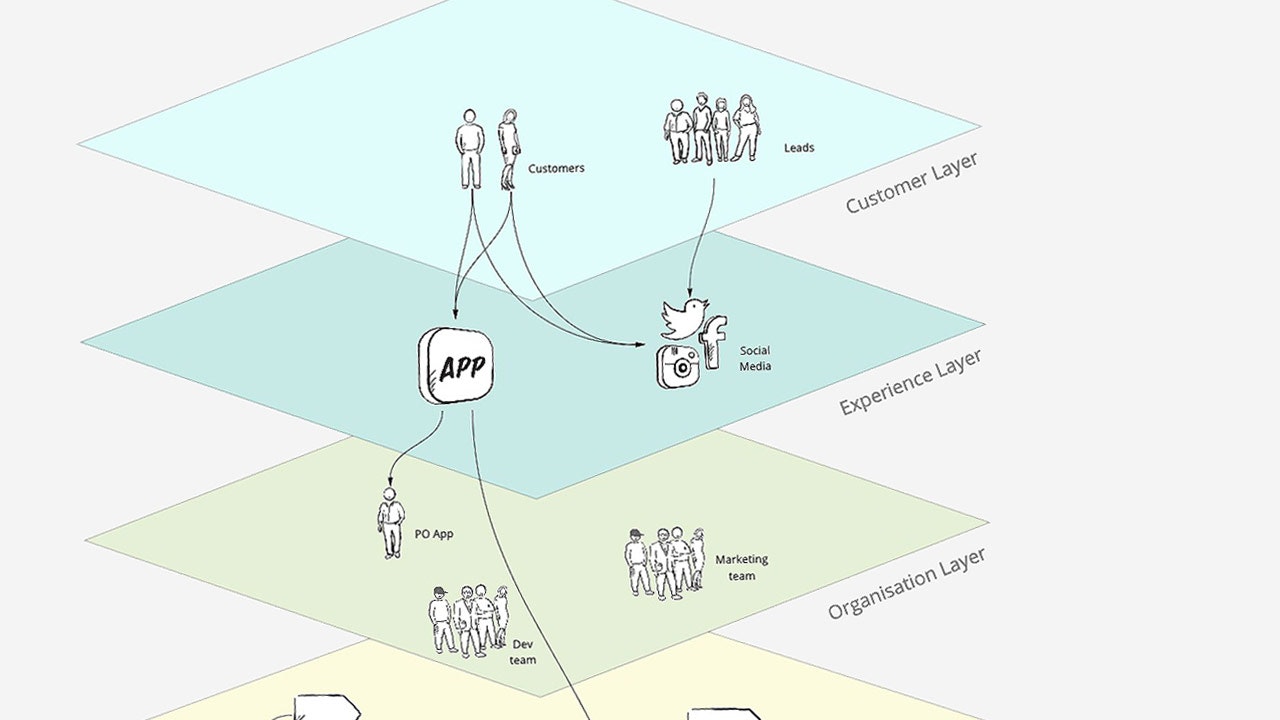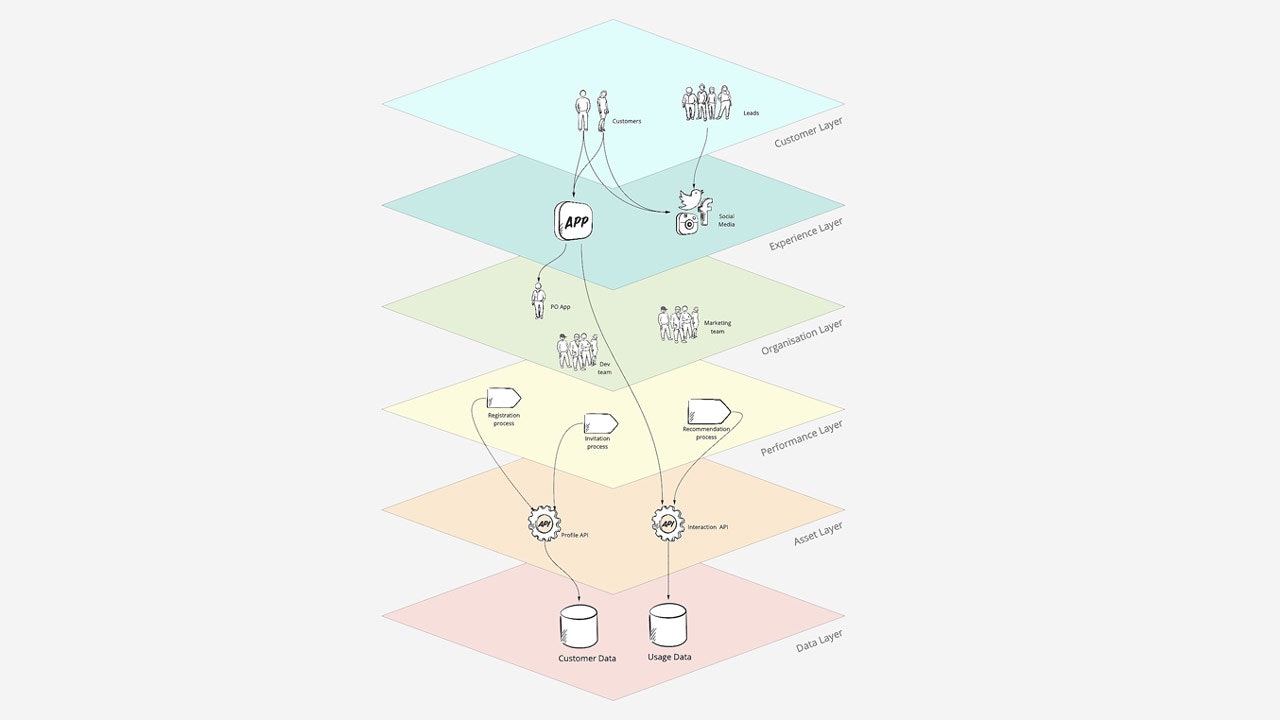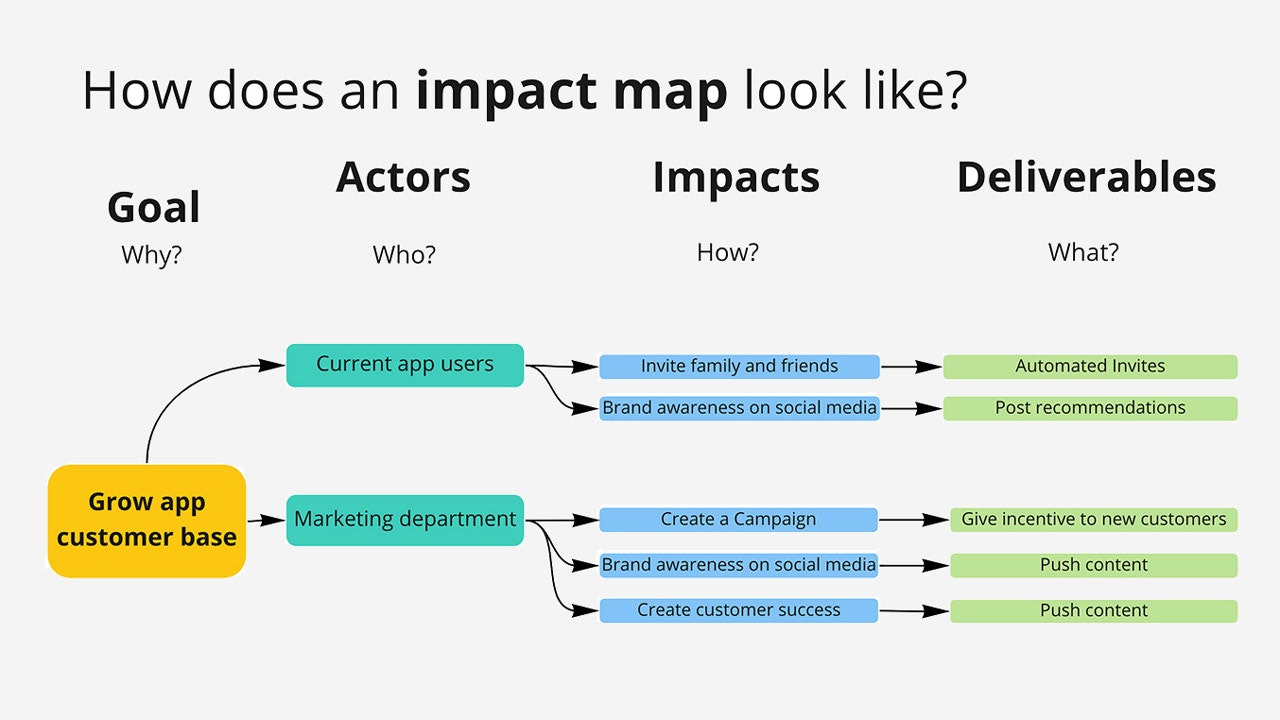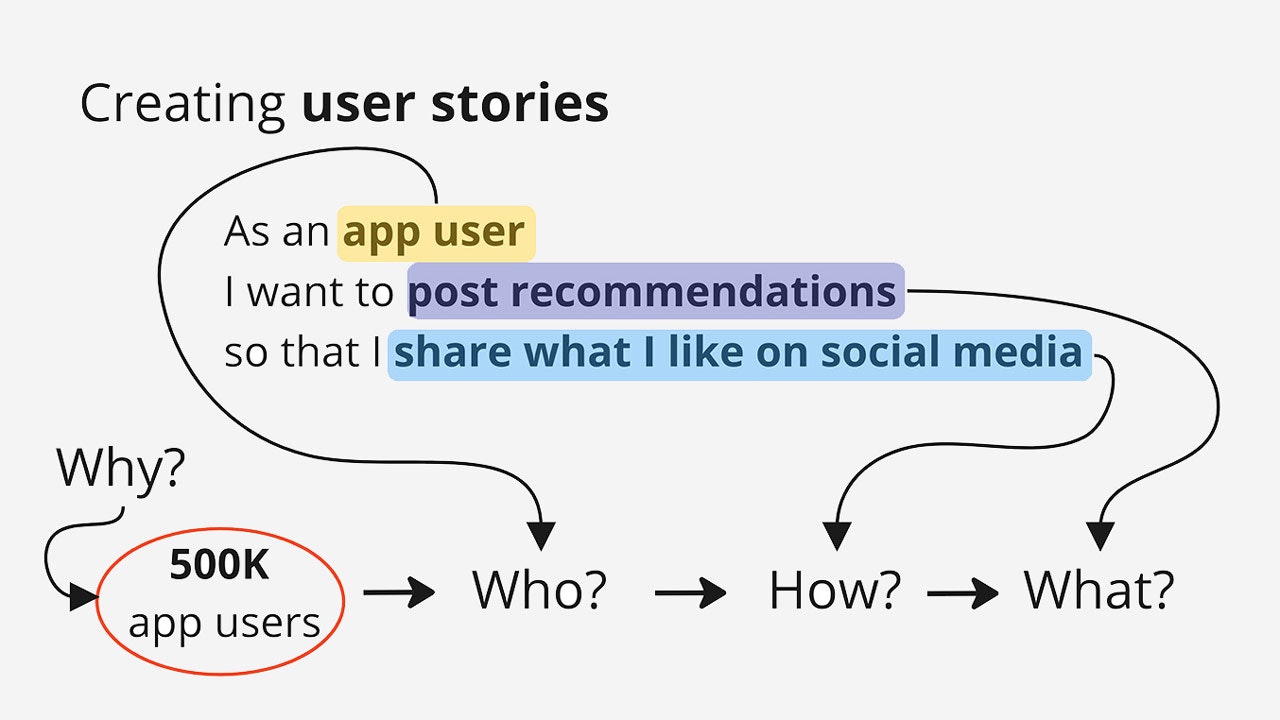Close the gap between strategy and execution — combining the Exploded View and Impact Mapping

At foryouandyourcustomers we see that successful companies are the ones that make big promises to customers and deliver on them. Aligning the big picture with the daily work is now more important than ever to differentiate your company. Having a clear strategy known throughout the organisation, making sure that your company is investing in worthwhile initiatives, and doing the most important things well, is what matters to get you there.
We often see that the strategy of the company is not well known to the employees. In some organisations, it is even difficult to share this information all the way to the execution levels. So how do you make sure that your teams understand how they are connected to the strategy? And how can they consciously contribute to it?
“Doing the most important things well is what matters.”
We use a combination of tools that can help you close the gap from strategy to execution. By combining the Exploded View and Impact Mapping, you will be able to align business goals with your strategy and ensure that the deliverables will contribute to those goals. All of this by keeping your teams involved and engaged, because they will be aware of their contribution to the company’s strategy.
What is the Exploded View?
The Exploded View is a model, developed by foryouandyourcustomers, that provides an integral view of your organisation. It visualizes your company, structured in six layers: customer, experience, organisation, performance, asset, and data. It helps you to envision initiatives and it guides you to identify what is needed throughout your organisation to achieve your goal. With the Exploded View, you have a tangible visualisation of the impact that those initiatives will have throughout the organisation.
What is Impact Mapping?
“Impact mapping is a strategic planning technique that prevents organisations from getting lost while building products and delivering projects, by clearly communicating assumptions, helping teams align their activities with overall business objectives and make better roadmap decisions.” – Impactmapping.org
“The why, who, how and the what of your product or project is what your team needs to stay on track.”
Impact mapping allows you to identify crucial information like the why, who, how and the what of your product or project. This is what your team needs to stay on track, keep the focus and make the right decisions along the way. It provides clarity as to why you are building the things you are building, and more importantly, it supports you to follow through on what you have decided to achieve.
Assuming your organisation already has a clear strategy, knows what it is good at, and what it can achieve, you can combine the Exploded View and Impact Mapping to support you aligning the business goals and deliverables with your strategy.
In the following, I would like to show you how we combine and use the two methods in Amsterdam.
1. Define the now: As Is situation
As part of the Exploded View, you start to outline the current situation through all six layers. In this step, we analyse the strengths and pain points. We look closely at the dependencies, challenges, and opportunities for the initiatives. We call this sketching the “As Is” or current situation. This is where you and your customers come from.
The 6 layers of the Exploded View.

2. Defining the goals: Why?
To start with your Impact Map, you need to define a clear business goal. This goal is something you want to achieve, and it should align with your company strategy. The most common goals are related to money like increasing revenue or decreasing costs, but lately, other aspects have become relevant like sustainability or environmentally friendly processes (e.g., increasing the sustainability of your logistic routes or reducing CO2 footprint). Whatever your goal is, it is important to keep it SMART: specific, measurable, action-oriented, realistic, and timely.
3. Defining the actors: Who?
In this step, you will list the people that can help or hinder the progress toward the goal. These can be direct customers or secondary actors like people in other departments or third parties. The more specifically you define them, the better. You will identify all kinds of diverse needs or wishes that customers might have, but not all of them might be relevant to a particular project.
4. Defining the impact: How?
Identify and list the behavioural changes that you want to encourage — or avoid — in each actor. These behaviours should be related to the business goals. This is a crucial step to identify how the actor will interact with your product.
5. Defining the deliverables: What?
In this final branch of the Impact Map, you will define what the deliverables will be. What can your team build to support the hypothesis defined in the previous three branches (why, who, and how)? This is how your team will contribute to the strategy and these are the features they will build. It is important to know that not all deliverables might be related to building software. Sometimes a goal can be achieved by changing steps in a process or getting other people involved. Equally, not all deliverables need to be built. You might achieve your goal earlier and could decide to stop building.
6. Define the future: To Be situation
When you have a picture of the current situation, and you have defined the Impact Map, it will be easier to outline the “To be” or desirable situation. What will the world look like after your deliverables have been built? We call this sketching the “To be” or desired situation, the one you will be working towards.
After you define your Exploded View and Impact Map, you should be able to create the user stories with the necessary context and easily align them with the goals that you have defined. Below you will see an example of an Impact Map and how user stories are created based on it.
Example: Impact Map

Example: User Story

7. Measuring the success and progress
I mentioned keeping your goals SMART. This can be done by providing answers to the following questions:
What will you do?
How will you measure it
How is the situation now? (define a benchmark)
What is the minimum acceptable value?
What is the desired value? (define a target)
“Having both the Exploded View and Impact Mapping in your toolbox and using them in your day-to-day work will help you executing the strategy that your company envisioned.”
These questions will help you measure the progress every time you ship a deliverable. Is this deliverable taking you closer to your goal? If the answer is yes, you can continue planning and building the subsequent deliverables described in the branch. If the answer is no, you can take a moment to decide if it is still worth investing in this branch or to pivot and following up a new one. This is how you stay on top of your roadmap and how you navigate between multiple options that will, after a while, help you to achieve your goals and execute your strategy.
Having both the Exploded View and Impact Mapping in your toolbox and using them in your day-to-day work, in conversation with your teams, stakeholders, and management, will help you follow through and execute the strategy that your company envisioned.
Are you curious to find out more about how you can bridge the gap between strategy and execution? Do not hesitate to reach out to Cristy Gonzalez and see what the Exploded View and Impact Mapping can do for you and your company. Or visit www.explodedview.com and find out more about our blended learning training.
